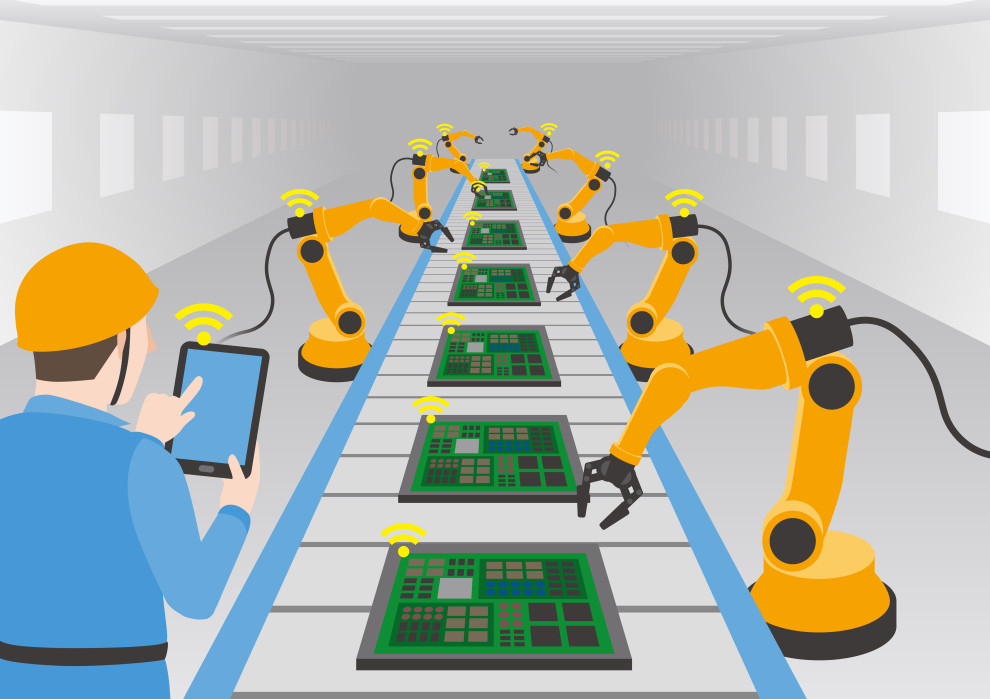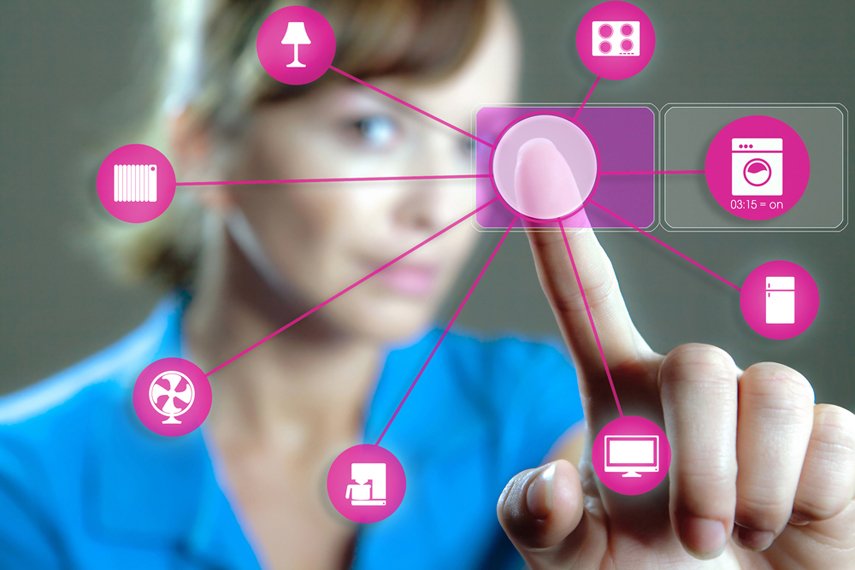
Its an old story. Technology impacts society in all its layers, and society impacts technology. What we design, design us back, from the way we communicate, to the way we make businesses, date, socialize, and work. And as technology develops, outworn types of jobs that don’t fit the new needs anymore, perish, and new one arises.
Hopefully, the cycle is somewhat smooth, as people embodying a new type of consciousness just swiftly adapt to new types of jobs available. But there is something new now, disrupting the balance, which is speed. The speed of technological development. Technology has never evolved so quickly. Are human capabilities and adaptability ready to cope and adapt to that speed? Are we ready to embrace new types of jobs … or the possibility of navigating life without the anchor which is, to have a job, now that computers do so much, and can replace us ?
One of the major experts in high-end technology development, Tesla’s CEO Elon Musk, pointed out the problem of speed. “It’s mostly about the bandwidth, the speed of the connection between your brain and the digital version of yourself, particularly output.” Musk explained what he meant by saying that computers can communicate at “a trillion bits per second”, while humans, whose main communication method is typing with their fingers via a mobile device, can do about 10 bits per second.
In an age when AI threatens to become widespread, humans would be useless as a working force, so there’s a need to merge with machines, according to Musk.
When Machine Become Almost Human: Machine Learning
The most stunning developments in technological computing over the past few years—cars that drive themselves, machines that accurately recognize images and speech, computers that beat the most brilliant human players of complex games like Go— stem from breakthroughs in a particular branch of AI: adaptive machine learning. How will machine learning impact the current employment scene?
Basically, the idea behind adaptive machine learning is to “get a computer system to learn some intelligent behaviour by training it on massive amounts of data.” As tech expert Brian Bergstein at MiT, says machines learn from humans without the human part. What machines can do better than humans is that “machines can process superhuman amounts of data although this is a small part of what could reasonably be defined as real artificial intelligence.”
These amazing machines though, are still far from having “the essence of intelligence.” That includes the ability to understand the physical world well enough to make predictions about basic aspects of it—to observe one thing and then use background knowledge to figure out what other things must also be true. Another way of saying this is that machines don’t have common sense.
Even so, machines and its artificial intelligence are now widespread, bringing with them, as usual, their positives… and negatives! What most scares people, is employment. In fact, machines may put at risk hundreds of thousands of jobs thanks to their automated and never-ending production.
Is AI’s Impact on Jobs Leading Us Towards New Solutions ?
Those fears have triggered Governments and the Civil Society to figure out some solutions. One possible solution is the Universal Basic Income. Over the last five years, discussions around endowing people with Universal Basic Income gained momentum, and some countries have began pilot experiments, like Ontario, with exciting positive outcomes.
Other possible solution is one of the most popular government policies: rising the national wage.

Taking the fears down
A recent study from the RSA see things very differently based on two main aspects that robots would never be able to achieve.
In first place, the labour cost fallacy. There are many factors other than labour costs that determine the intensity of automation – not least the cost of technology itself. The price of robotics and AI continues to fall, but many machines remain out of reach even to large businesses, let alone SMEs and those operating in tight margin industries like retail and logistics.
For example, RIKEN’s Robear robot, which is used to lift patients in social care, comes with a price tag of between $168,000 and $252,000. Agricultural machines able to harvest soft fruit in place of human pickers can set farmers back $250,000. On top of this initial outlay are costs associated with maintenance, training and insurance.
On the other hand, the report brings awareness to the biases which is the implicit assumption that automation is necessarily harmful and something to fear. The reality is quite different as technology complements workers just as much as it competes with them. Robotic systems in social care can relieve staff of back-breaking work, AI tools in health care can help doctors more accurately and swiftly diagnose diseases, and chatbots used in customer service can help call centre operators by drafting partially automated responses.
Another completely different way to see things that opens up new perspectives, is if we look at some simple activities small businesses do nowadays on the internet, as automated services. That is the case of marketing. Every single twitter or facebook post/event, advertising a small business product/service, is an automated service, that used to cost a lot a few decades ago … and now its free. This has enable lots of people to start their small businesses not because they were unemployed, but rather due to a desire to follow their passion. According to recent data there has been a large move into self employment over the last decade, and the trend is bound to increase even more.

At the core of this debate there is actually a very old question which is, how technological development fosters a reinvention of the concept of labour, what we understand as labour. Again, this has happened in the past many times, particularly with the industrial revolution.
Even if it brings fear and uncertainty about the future, it also provides people with opportunities for growth, more fit with the new desires and level of consciousness.
We forget about this, but in advanced economies, the ones which will be the first facing the impacts of AI, the new workforce, Millennials, and the younger Generation Z, which is just about to join the work market, is not so much into jobs that are not challenging and creative in one way or another. The growth in the numbers of people venturing into self employment maybe explains a recent report from McKinsey which estimate that only 2 percent of the average worker’s time today is spent on creative tasks, and just 9 percent is dedicated to social and emotional reasoning. In contrast, 67 percent is spent on ‘recognising known patterns’, which is hardly the makings of a fulfilling job.”
Their take is that automation can be actually good, because, “it holds out the prospect of phasing out the dull, dirty and dangerous work that none of us want, while raising productivity that is the basis for a better quality of life.”
So while machine-learning technologies are making it possible to automate many tasks humans have traditionally done, there are important emotional anxieties to tackle in people, but also many opportunities.
Will Merging With Machines Make us Post-Humans?
Ultimately the immense speed of technological development, besides pushing us into reinventing what we mean with jobs, also challenges in us the core concept of what it is to be human. Are we really separate from machines, or are machines, just an extension of ourselves ? A human using a wearable technology that intimately links her to a web of services, people, communication tools, is a different type of human from the one just one decade ago. Her or his experience of “humanity on the go”, is quite different from the one of the previous generations. Are we all merging with our pocket machine-technologies? And if so, could we speak here about a new version of humans, as post-humans? Various researchers have been approaching the area of cultural posthumanism: a cultural direction which strives to move beyond engrained concepts of “human nature” to develop ones more in tune with contemporary techno-scientific knowledge.
What jobs would be the ones then, of the future world, a world of diversity where one would coexist with big robots and pocket ones, all connected through the web of the Internet … of Everything ?

Maria Fonseca is the Editor and Infographic Artist for IntelligentHQ. She is also a thought leader writing about social innovation, sharing economy, social business, and the commons. Aside her work for IntelligentHQ, Maria Fonseca is a visual artist and filmmaker that has exhibited widely in international events such as Manifesta 5, Sao Paulo Biennial, Photo Espana, Moderna Museet in Stockholm, Joshibi University and many others. She concluded her PhD on essayistic filmmaking , taken at University of Westminster in London and is preparing her post doc that will explore the links between creativity and the sharing economy.
























